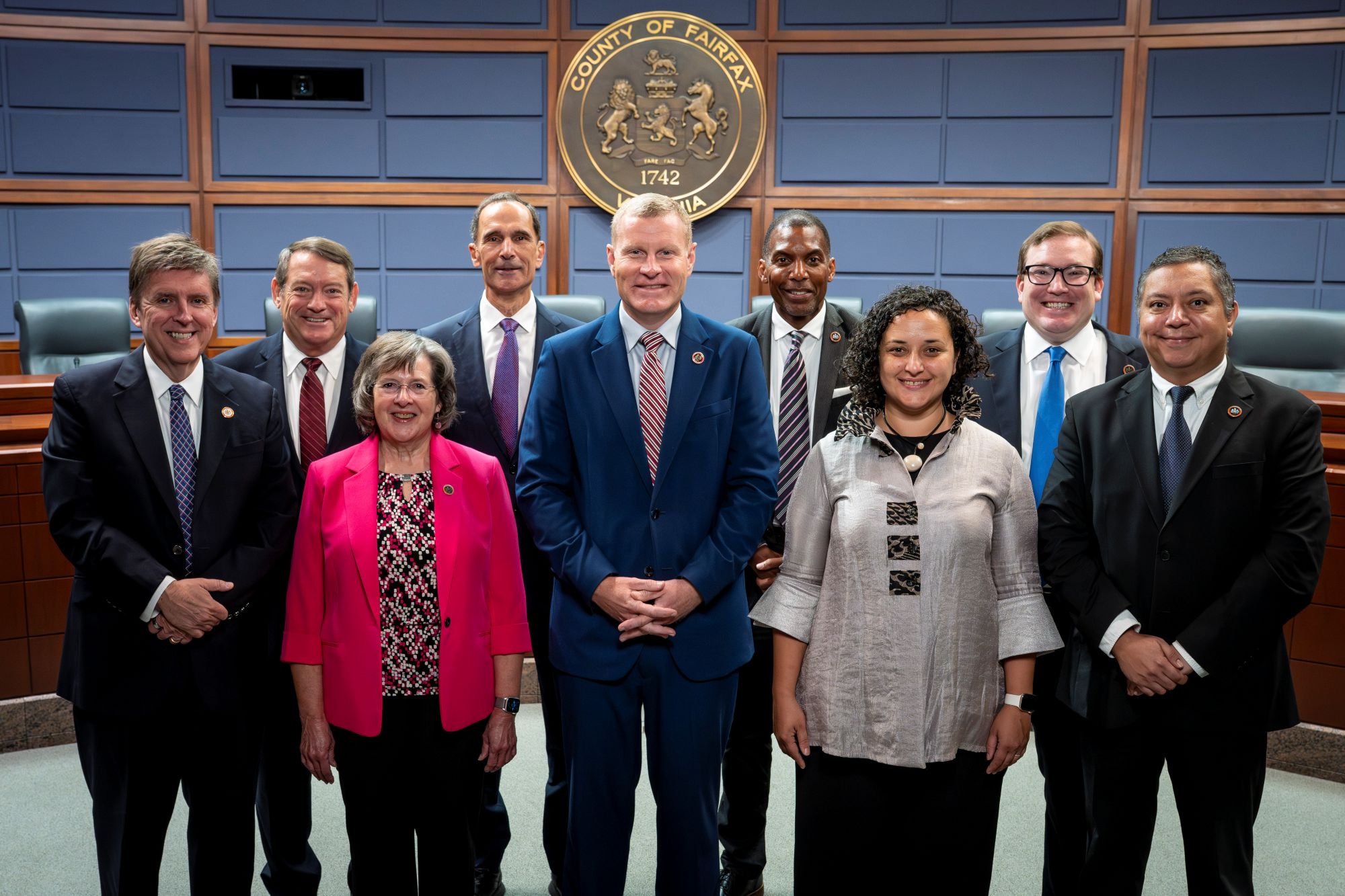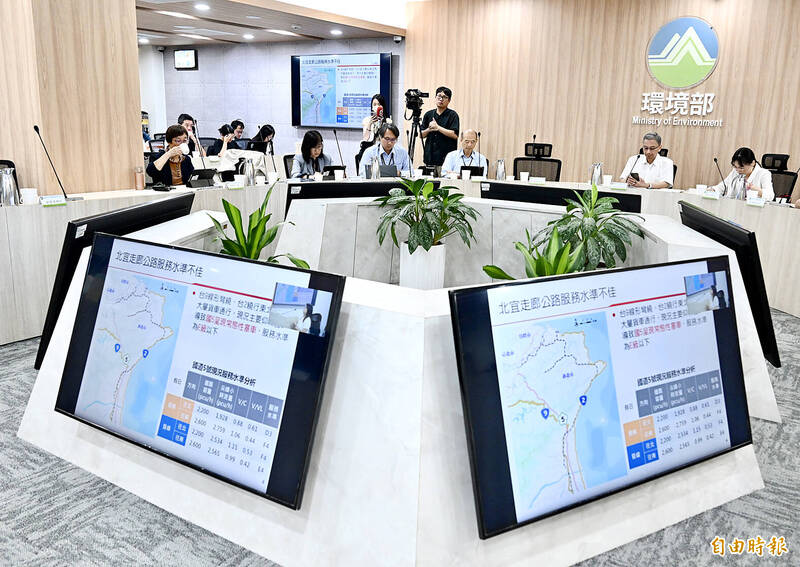Waste-to-Energy Initiative at 3M Open Advances Sustainable Development Goals
Project Summary
An initiative was undertaken during the 3M Open at TPC Twin Cities in Blaine, where executives from Viresco collected food waste. The project, led by CEO Joe Burke and project manager Mason Colby, aims to divert organic material from landfills for conversion into energy at the company’s Wisconsin facility. This energy will subsequently be supplied to the grid through a partnership with Xcel Energy.
Contribution to SDG 7: Affordable and Clean Energy
This project directly supports the objectives of SDG 7 by generating renewable energy from an unconventional source. The conversion of biomass (food waste) into energy diversifies the energy mix and reduces reliance on fossil fuels.
- Target 7.2: The initiative increases the proportion of renewable energy in the regional energy supply by converting organic waste into a usable energy source.
- Clean Energy Generation: The process provides a sustainable alternative to traditional waste disposal, creating clean energy that will be integrated into the public utility grid by Xcel Energy.
Alignment with SDG 11 and SDG 12
The waste collection and repurposing effort is a practical application of principles central to both sustainable urban development and responsible production cycles.
- SDG 12 – Responsible Consumption and Production: By intercepting food waste, the project actively contributes to Target 12.5, which calls for a substantial reduction in waste generation through recycling and reuse. It establishes a circular economy model where waste is treated as a resource.
- SDG 11 – Sustainable Cities and Communities: The initiative serves as a model for sustainable waste management (Target 11.6) within community gatherings and large-scale events. It demonstrates an effective strategy for reducing the environmental footprint of urban activities.
Impact on SDG 13 and SDG 17
The collaborative nature and environmental benefits of the project underscore its relevance to global climate action and partnerships for sustainable development.
- SDG 13 – Climate Action: Diverting organic waste from landfills is a critical climate mitigation strategy. This process prevents the generation of methane, a potent greenhouse gas produced during anaerobic decomposition in landfills, thereby contributing to climate action.
- SDG 17 – Partnerships for the Goals: The project exemplifies a multi-stakeholder partnership (Target 17.17) between a private enterprise (Viresco), a corporate event organizer (3M Open), and a utility company (Xcel Energy). This collaboration is essential for mobilizing and sharing knowledge, technology, and financial resources to support the achievement of the SDGs.
1. Which SDGs are addressed or connected to the issues highlighted in the article?
- SDG 7: Affordable and Clean Energy
- SDG 11: Sustainable Cities and Communities
- SDG 12: Responsible Consumption and Production
- SDG 17: Partnerships for the Goals
2. What specific targets under those SDGs can be identified based on the article’s content?
SDG 12: Responsible Consumption and Production
-
Target 12.3: By 2030, halve per capita global food waste at the retail and consumer levels and reduce food losses along production and supply chains, including post-harvest losses.
- Explanation: The article explicitly describes the collection of food waste from a consumer-level event, the 3M Open golf tournament. The company Viresco is sorting this waste, directly addressing the issue of food waste generated at the consumer level.
-
Target 12.5: By 2030, substantially reduce waste generation through prevention, reduction, recycling and reuse.
- Explanation: The initiative detailed in the article is a clear example of recycling and reuse. Instead of going to a landfill, the collected food waste is repurposed (“turned into energy”), which substantially reduces the total volume of waste generated by the event.
SDG 7: Affordable and Clean Energy
-
Target 7.2: By 2030, increase substantially the share of renewable energy in the global energy mix.
- Explanation: The article states that the food waste collected will be “turned into energy that will be sold to Xcel Energy.” Energy derived from biomass (food waste) is a form of renewable energy. This project contributes directly to increasing the share of renewable energy in the local energy provider’s portfolio.
SDG 11: Sustainable Cities and Communities
-
Target 11.6: By 2030, reduce the adverse per capita environmental impact of cities, including by paying special attention to air quality and municipal and other waste management.
- Explanation: The activity takes place at the TPC Twin Cities in Blaine, a suburban community. The organized effort to sort trash and manage food waste at a large public event is a direct application of improved municipal waste management, reducing the environmental impact of the community hosting the event.
SDG 17: Partnerships for the Goals
-
Target 17.17: Encourage and promote effective public, public-private and civil society partnerships, building on the experience and resourcing strategies of partnerships.
- Explanation: The project is a collaboration between multiple private entities: the 3M Open (event organizer), Viresco (waste management/energy company), and Xcel Energy (energy utility). This partnership leverages the resources and expertise of each organization to achieve a common sustainability goal.
3. Are there any indicators mentioned or implied in the article that can be used to measure progress towards the identified targets?
- Implied Indicator for Target 12.3: The amount of food waste collected. The article mentions Viresco is sorting and collecting food waste. The total weight or volume of this waste would serve as a direct indicator of food waste generated and diverted at the consumer level (Indicator 12.3.1 – Food Loss Index).
- Implied Indicator for Target 12.5: The quantity of material recycled. The amount of food waste processed by Viresco’s Wisconsin plant is a measurable quantity of material that has been recycled/repurposed instead of being sent to a landfill (Indicator 12.5.1 – National recycling rate, tons of material recycled).
- Implied Indicator for Target 7.2: The amount of energy produced and sold. The article states the waste is “turned into energy that will be sold to Xcel Energy.” The quantity of energy (e.g., in kilowatt-hours) produced from this waste and added to the grid is a direct measure of the contribution to the renewable energy share (Indicator 7.2.1 – Renewable energy share in the total final energy consumption).
4. Table of SDGs, Targets, and Indicators
| SDGs | Targets | Indicators |
|---|---|---|
| SDG 12: Responsible Consumption and Production | 12.3: Halve per capita global food waste at the retail and consumer levels. | The total volume/weight of food waste collected by Viresco at the 3M Open. |
| SDG 12: Responsible Consumption and Production | 12.5: Substantially reduce waste generation through prevention, reduction, recycling and reuse. | The quantity of food waste processed at the plant, representing the amount of material recycled. |
| SDG 7: Affordable and Clean Energy | 7.2: Increase substantially the share of renewable energy in the global energy mix. | The amount of energy (e.g., in kWh) produced from the waste and sold to Xcel Energy. |
| SDG 11: Sustainable Cities and Communities | 11.6: Reduce the adverse per capita environmental impact of cities, including by paying special attention to… municipal and other waste management. | The implementation of a specialized waste management program (food waste diversion) at a large community event. |
| SDG 17: Partnerships for the Goals | 17.17: Encourage and promote effective public, public-private and civil society partnerships. | The existence of the collaborative agreement between the 3M Open, Viresco, and Xcel Energy. |
Source: startribune.com






